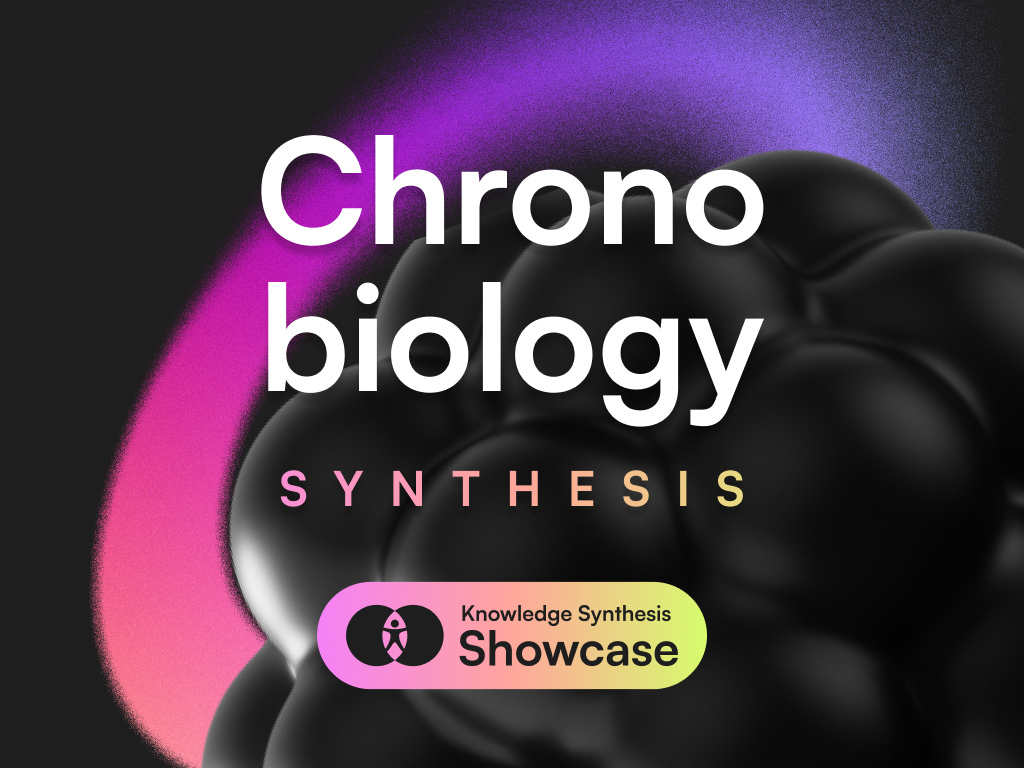
Hey there, workplace revolutionaries! Ever wonder why that 3 PM energy crash hits like clockwork, no matter how much coffee you've had?
Your office is fighting a war against your circadian rhythm. And your circadian rhythm is losing.
I've been fascinated by this invisible battle for years. We spend billions optimizing everything from ergonomic chairs to standing desks, yet we completely ignore the most fundamental design element: time itself.
Chronobiology—the study of biological rhythms and temporal patterns in living organisms—offers revolutionary insights for workplace design and business productivity. Research indicates that most physiological variables exhibit circadian rhythmicity, including metabolism, body temperature, and cognitive function, yet traditional work environments remain largely disconnected from these biological realities.
The emerging concept of "chronoworking" demonstrates early market validation, with studies showing that aligning work schedules with individual chronotypes (natural biological timing preferences) can significantly enhance productivity, creativity, and employee wellbeing.
Think about it: your body temperature fluctuates by nearly two degrees throughout the day. Your cognitive processing speed varies by up to 50%. Your creativity peaks and valleys follow predictable patterns. Yet most offices treat 9 AM the same as 3 PM, Monday the same as Friday.
Traditional workplace design focuses almost exclusively on spatial considerations while neglecting the temporal dimension of human performance. This creates a fundamental mismatch between organizational structures and human biology, as evidenced by the fact that 55% of people experience peak productivity in the middle of the day, while 15% perform optimally in early morning and another 15% late at night.
The four fatal flaws:
It's like designing a concert hall with perfect acoustics but scheduling every performance for 3 AM. The infrastructure is there, but the timing destroys the experience.
The synthesis opportunity lies in creating "temporally intelligent" workspaces that adapt to chronobiological patterns through three breakthrough approaches:
These systems automatically adjust lighting spectrum, temperature, and acoustic properties based on time-of-day and individual chronotype profiles. They leverage environmental psychology principles to create spaces that synchronize with rather than disrupt natural biological rhythms.
Imagine walking into your office and feeling the space adapt to your energy state. Cool, bright lighting to energize your morning focus. Warm, dim ambiance to support afternoon creativity. Dynamic acoustic environments that shift from collaboration-friendly to deep-work-optimized.
These platforms use AI to coordinate team activities around overlapping peak performance windows rather than arbitrary time blocks. This approach transforms traditional scheduling from a constraint-based exercise to a performance optimization strategy.
Instead of forcing night owls into 8 AM brainstorming sessions, smart scheduling identifies when the team's collective creativity actually peaks. It's the difference between swimming upstream and riding the current.
This approach designates different areas for different chronotypes and cognitive modes, creating a physical manifestation of chronobiological diversity. It represents a fundamental rethinking of architectural programming that acknowledges time as a critical design dimension.
Picture office zones that shift purpose throughout the day. Morning collaboration hubs become afternoon focus sanctuaries. Conference rooms that adapt their lighting and temperature for different types of thinking.
I used to think I was terrible at mornings. Turns out I'm naturally wired for peak performance between 2 and 6 PM. Once I restructured my most important work around my chronotype, everything changed. My productivity didn't just improve—it transformed.
The revelation wasn't just personal. It made me realize how many brilliant people we're undervaluing simply because they don't fit the traditional 9-to-5 energy pattern.
The technological infrastructure for chronobiologically-informed workplaces already exists. Wearable devices can track individual circadian patterns. Building management systems can adjust environmental conditions dynamically. What's missing is the integration layer that connects biological data with environmental controls and organizational systems.
The timing is particularly opportune as organizations grapple with post-pandemic work models and increasing employee demands for flexibility. Companies implementing chronobiological workplace strategies could gain significant competitive advantages in talent attraction and retention while simultaneously reducing burnout and improving cognitive performance.
The future workplace isn't just about where we work. It's about when our biology wants to work.
Organizations that master temporal architecture won't just have happier employees—they'll have fundamentally different competitive advantages. Imagine teams that consistently operate during their collective peak states. Projects that align with natural energy cycles. Meetings that happen when brains are actually ready to collaborate.
This isn't about working longer hours. It's about working with human nature instead of against it.
Are you ready to stop fighting your biology and start designing with it?
[1] https://pmc.ncbi.nlm.nih.gov/articles/PMC9601636/
[2] https://pmc.ncbi.nlm.nih.gov/articles/PMC8285156/
[3] https://www.preprints.org/manuscript/202408.1929/v1/download
[4] https://blog.boston-engineering.com/cross-disciplinary-collaboration-a-key-driver-of-innovation
[5] https://www.entomoljournal.com/archives/2020/vol8issue4/PartAI/8-4-457-349.pdf
[6] https://www.bbc.com/worklife/article/20240220-chronoworking-productivity-hack
[7] https://pubmed.ncbi.nlm.nih.gov/39117154/
[8] https://www.aacsb.edu/insights/articles/2023/02/circadian-rhythms-and-the-future-of-work
[9] https://www.unleash.ai/future-of-work/chronoworking-is-this-the-future-of-flexible-work/
[10] https://scispace.com/pdf/towards-an-environmental-psychology-of-workspace-how-people-4rwha59a3w.pdf
[11] https://pmc.ncbi.nlm.nih.gov/articles/PMC11050261/
[12] https://www.konicaminolta.eu/eu-en/rethink-work-blog/workforce/chronobiology-working-at-your-personal-optimum
[13] http://www.zigpoll.com/content/how-can-principles-of-environmental-psychology-be-applied-to-designing-office-equipment-that-enhances-employee-productivity-and-wellbeing
.avif)